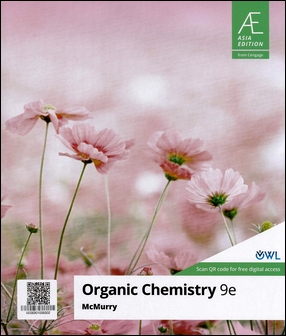書籍分類

Organic Chemistry 9/e
作者:John E. McMurry
原價:NT$ 1,670
內容介紹 本書特色 目錄 作者介紹
- Description
The most trusted and best-selling text for organic chemistry just got better! Updated with more coverage of nuclear magnetic resonance spectroscopy, expanded with new end-of-chapter mechanism problems and Practice Your Scientific Reasoning and Analysis questions, and enhanced with OWLv2, the latest version of the leading online homework and learning system for chemistry, John McMurry's ORGANIC CHEMISTRY continues to set the standard for the course. The Ninth Edition also retains McMurry's hallmark qualities: comprehensive, authoritative, and clear. McMurry has developed a reputation for crafting precise and accessible texts that speak to the needs of instructors and students. More than a million students worldwide from a full range of universities have mastered organic chemistry through his trademark style, while instructors at hundreds of colleges and universities have praised his approach time and time again.
分類位置:
理工 > 化學/化學工程 > 有機化學


